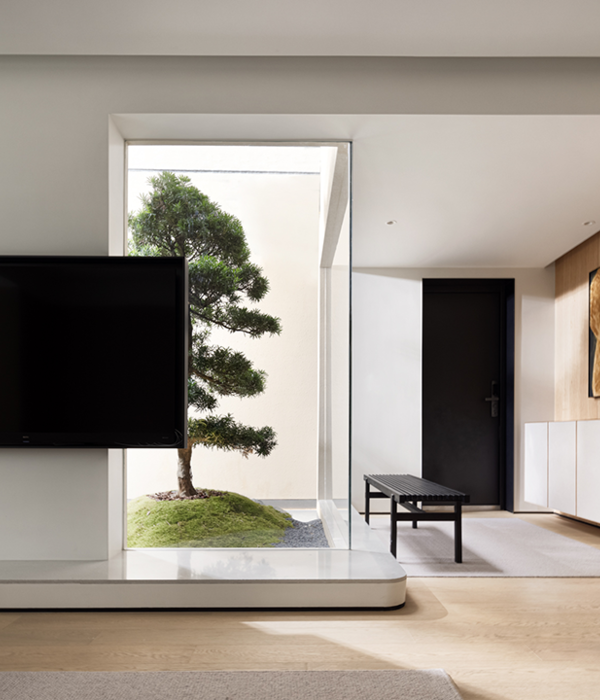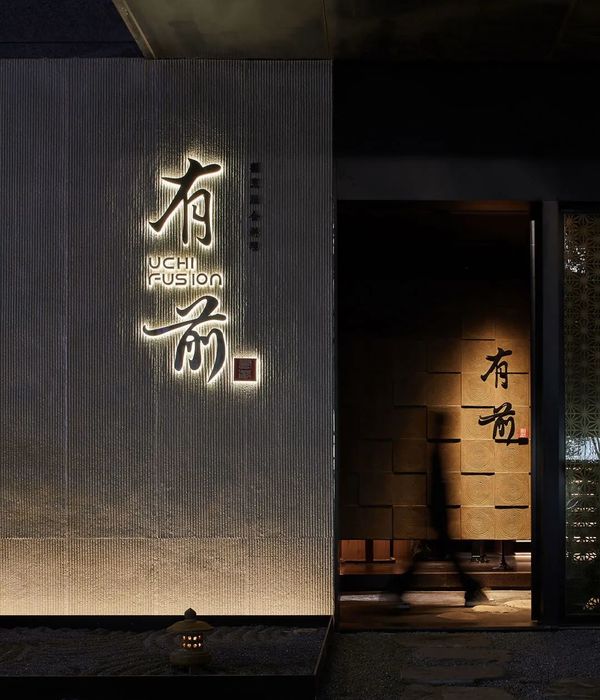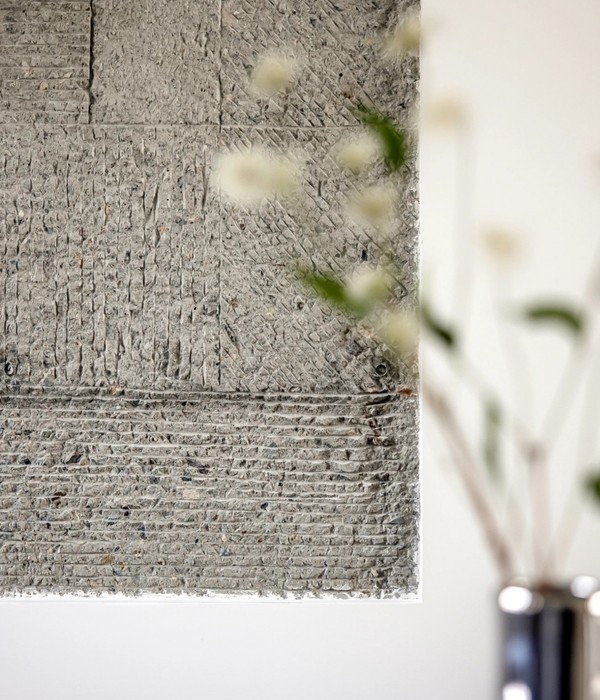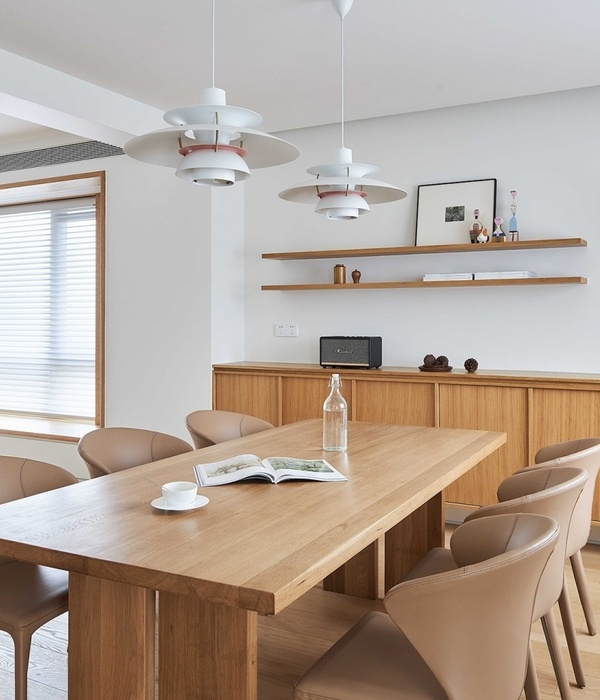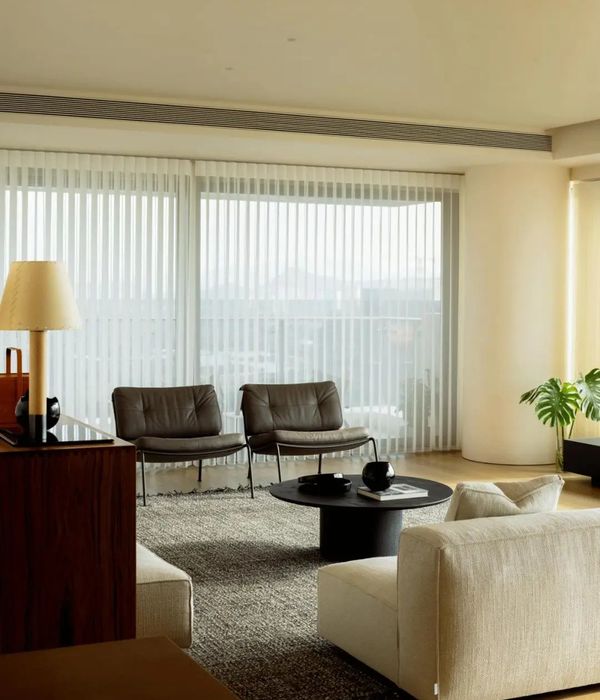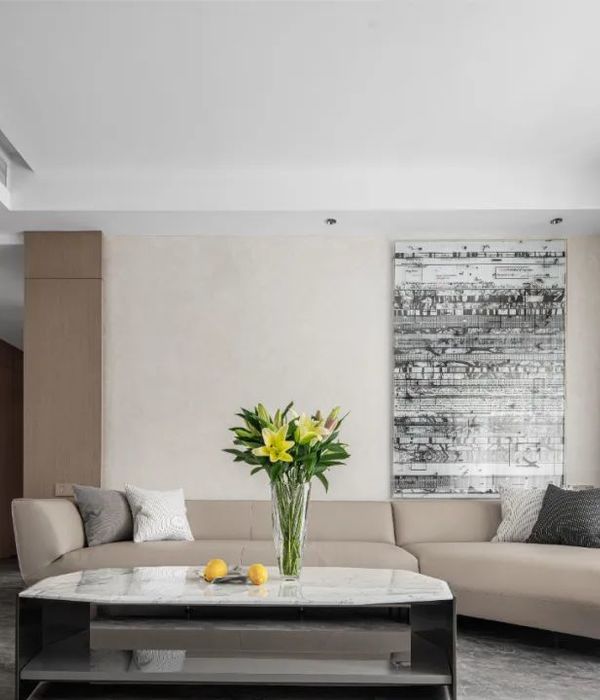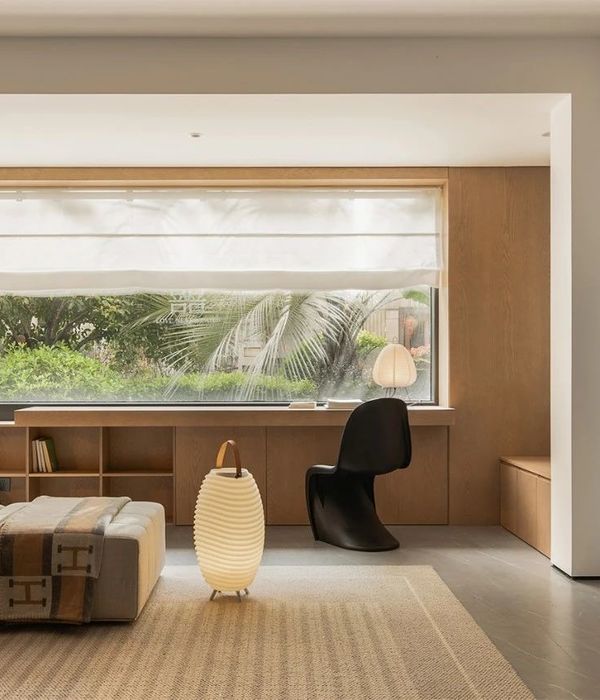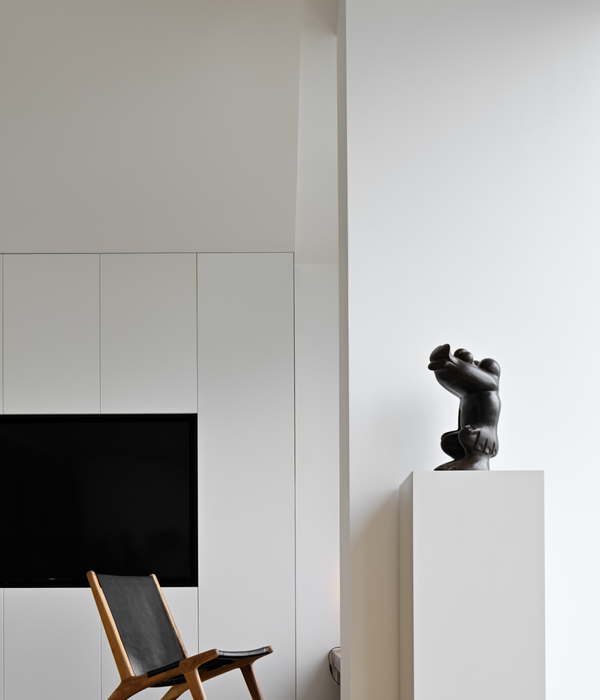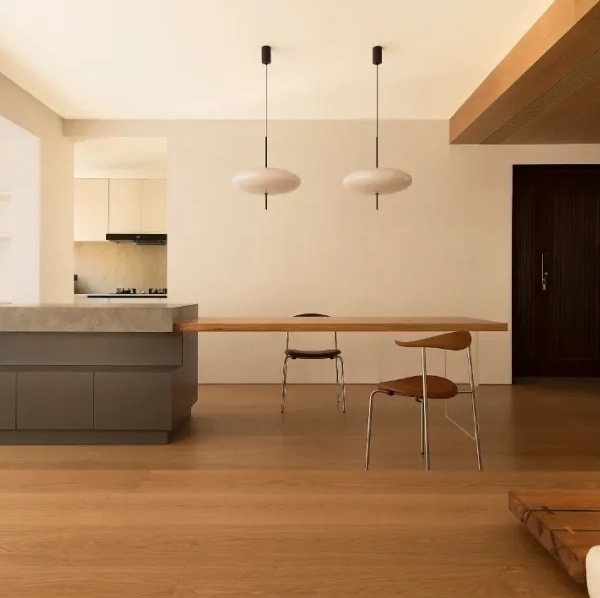Paris-based gallerist Margherita Ratti and architect Andreas Kofler curate Lake Como Design Fair 2019, organised under the theme ‘Colour’ and guided by Ettore Sottsass’ principles of colour
Lake Como: known for oligarchs galavanting on speedboats, stark fascist-era architecture, George Clooney’s villa and now, as a growing destination for contemporary design, thanks to the Lake Como Design Fair. Now in its second year, the event brings together 120 objects under the brilliantly frescoed roof of Como’s Teatro Sociale. For the first time this year, it also featured a section solely dedicated to architectural artefacts in the nearby Palazzo del Broletto.
Curated by Como-born, Paris-based gallerist Margherita Ratti and architect Andreas Kofler, responsible for this year’s introduction of architecture, the fair was organised under the theme ‘Colour’. ‘We decided to avoid normal schemes for exhibition design, especially in the context of a fair,’ explains Ratti of the bombastic curation, ‘so no booths!’
Installation view at the Teatro Sociale Como’s Sale del Ridotto
The pair cast a wide net across their respective disciplines, looking for objects and projects that visually popped. ‘I don’t like to call it an experience,’ explains Ratti of the unapologetically maximalist space, ‘but that’s really what it is.’
Operating under the spiritual guidance of Ettore Sottsass, ‘he is the first thing I think of when I think of Como and colour,’ quips Kofler. Undoubtably, the technicolour tribute would have made the Memphis maestro proud (a number of his design pieces and drawings were also up for sale, in and amongst the more contemporary offerings). Colour in the design world, inevitably, comes with a certain Sottsass-ian sense of humour. The Lazy Basketball chair by Emanuele Magini, for example, invites its sitter to be quite literally dunked on, as the basket empties out exactly where their head should be.
Système T, by Emma Cogne. Courtesy the artist
Highlights included a newly designed solar-powered sculpture by Milan-based Pietro Russo, which interprets the industrial in amber-toned glass. A series of low-slung tables by Millim Studio perform a material bait-and-switch: what seem to be planks of wood are, in fact, terracotta, a product of their collaboration with historic producer Fornace De Martino. A rainbow-ribbon screen by Karol Pichler divides a room dedicated to stools of all different sorts; upon up-close investigation, the stitches holding it steady are revealed to be run-of-the-mill plastic retail tags.
On display in the newly inaugurated architecture section — itself a novelty within the context of a design fair — were a mix of models, sketches, photographs and ephemera from historic big names (Sottsass, of course, shows up again), contemporary architects and artists whose practice documents the field.
‘We know from our colleagues that a lot of them have a rather artistic production nowadays,’ explains Kofler of the decision to include architecture, ‘these pieces are also interesting for collectors.’ Fascinating objects include plaster bas-relief studies by Labro & Davis, whose off-white tone is the result of using local sand in the material’s mix. Then, for 15,000 euros one can buy a box containing the drawings, plans and rights to architectural follies by the likes of Beckmann M’Thepe, Will Alsop and Dominique Perrault, labour and materials not included.
Installation view at Palazzo del Broletto
Photography inclusions in the architecture section were particularly strong. Japanese artist Naho Kubota presented her haunting untitled photo series documenting architecture schools in areas prone to natural disasters; the images depict empty, forlorn places that only hint at their compromised fate. Milan-based Marco Cappelletti provided a single image from his study of Sol LeWitt and David Tremlatt’s colour-soaked Barolo Chapel in the Piedmont hills, while Mathieu Peyroulet Ghilini showed his series documenting Japanese houses.
‘Some things are done specifically for the fair and some things were already in their archives,’ says Kofler of the process of sourcing projects, ‘some things were forgotten in boxes — they were really happy to take them out.’ §
Belvedere, by Inessa Hansch Architecte, at the University of Luxemburg Faculty of Sciences
‘Torre’ stools, by Alban Le Henry, for Colos
Complexe de Loisirs a Alger, 2008, by Abinal & Ropars. Image: Olivier Campagne ArteFactoryLab
{{item.text_origin}}


